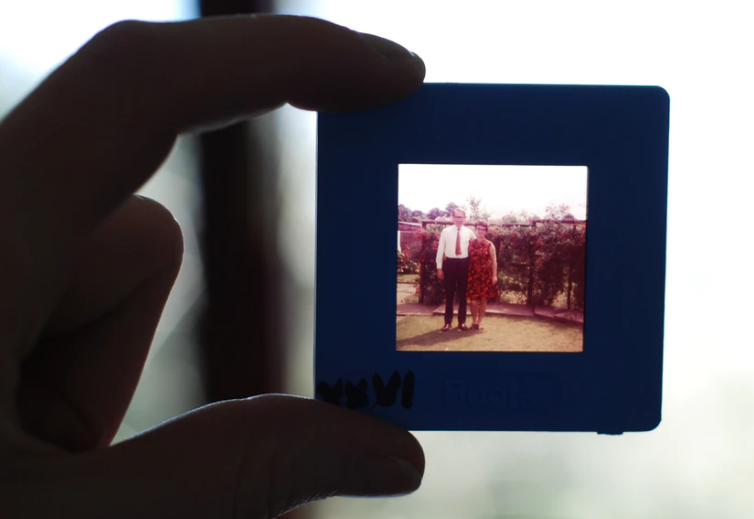Primary Times - the definitive what’s on and where to go family guide of activities and events for children of primary school age. Things to do with your kids during the school holidays including arts and craft activities, music and theatre for children, parties, competitions, days out, and family attractions along with term time drama schools, dance classes, after school clubs and sports activities. Things to do at a place near you!
Teaching children about the importance of family trees
 In 2018, scientists created an amazing family tree of 13 million people spanning 11 generations with the aim of discovering vital questions about the human population, including the heritability of lifespans to the movement of families over generations. If you have children, encouraging them to learn more about their ancestry can have many benefits. For instance, a family tree might connect your child to cultures they may not have known existed in their family. This can foster an interest in comprehending more about theories such as that of ‘six degrees of separation’.
In 2018, scientists created an amazing family tree of 13 million people spanning 11 generations with the aim of discovering vital questions about the human population, including the heritability of lifespans to the movement of families over generations. If you have children, encouraging them to learn more about their ancestry can have many benefits. For instance, a family tree might connect your child to cultures they may not have known existed in their family. This can foster an interest in comprehending more about theories such as that of ‘six degrees of separation’.
Where to start: family is first
Around two fifths of all seniors (3.9 million people) in the UK say the television is their main company, and half a million older people go five or six days per week without speaking to or seeing anyone. Family trees are a great reason for children to get together with their grandparents and request relevant dates or other information on their great grandparents and beyond. Grandparents are treasure troves of old photographs, anecdotes and primary sources. All of this can make a child’s family tree richer and more symbolic.
Discovering their ancestry
The MIT Technology Review reports that over 26 million people have taken an at-home ancestry test. These tests give information on ethnic and racial backgrounds that can enrich one’s own experience and lead kids to delve into these fascinating backgrounds. The findings can lead to travel and study about potentially far-off cultures. If you already know you are related to a group such as the modern Celts, your child can feel far more inspired by this subject, which is an important part of their curriculum. If you live in other areas of the UK, this passion might just be the reason you need to visit Wales. While your kids are waiting for this trip, they can learn about traditional Welsh craftsmanship and art, studying the fascinating legend of love spoons, Welsh jewellery, and traditional pottery.
Online resources
The Internet can be a useful way to access data that family may not have been able to provide. Children can check out websites like GENUKI and Sog.org for a host of free resources and contact details of experts for those who wish to delve into their family history further. GENUKI alone provides a wealth of information, including statistics, town records, military and medical records, genealogy, Jewish records and more. There are regional pages to make it a bit easier. Kids can search for information from the following categories: the UK and Ireland, England, Scotland, Wales, Ireland, the Ise of Man, and the Channel Islands. Kids can also check out social network sites like LostCousins or Familyrelatives to find others who might also be looking for them.
Catering to artistic tastes
Children who love art will enjoy making beautiful family trees. They can start out with a simple graph, and use this information to create something more abstract. Children can create a painting, drawing family names on the individual leaves of a tree. They can also create a pictorial collage by cutting out scanned photos of family members to show their place in the family lineage. They can also use wooden popsicle sticks to represent mum, dad, grandparents and older generations, painting each stick with faces and ‘clothing’ to as to best represent their loved ones, past and present.
Making a family tree is a fantastic way for children to connect with their grandparents and great grandparents. Children can not only create beautiful artworks to summarize the information they have collated, but also conduct video interviews so as to remember their loved ones in the future. Family trees are a fantastic way to learn more about who kids are - the cultures, ethnicities, and stories that led to their existence in and enjoyment of the planet.




